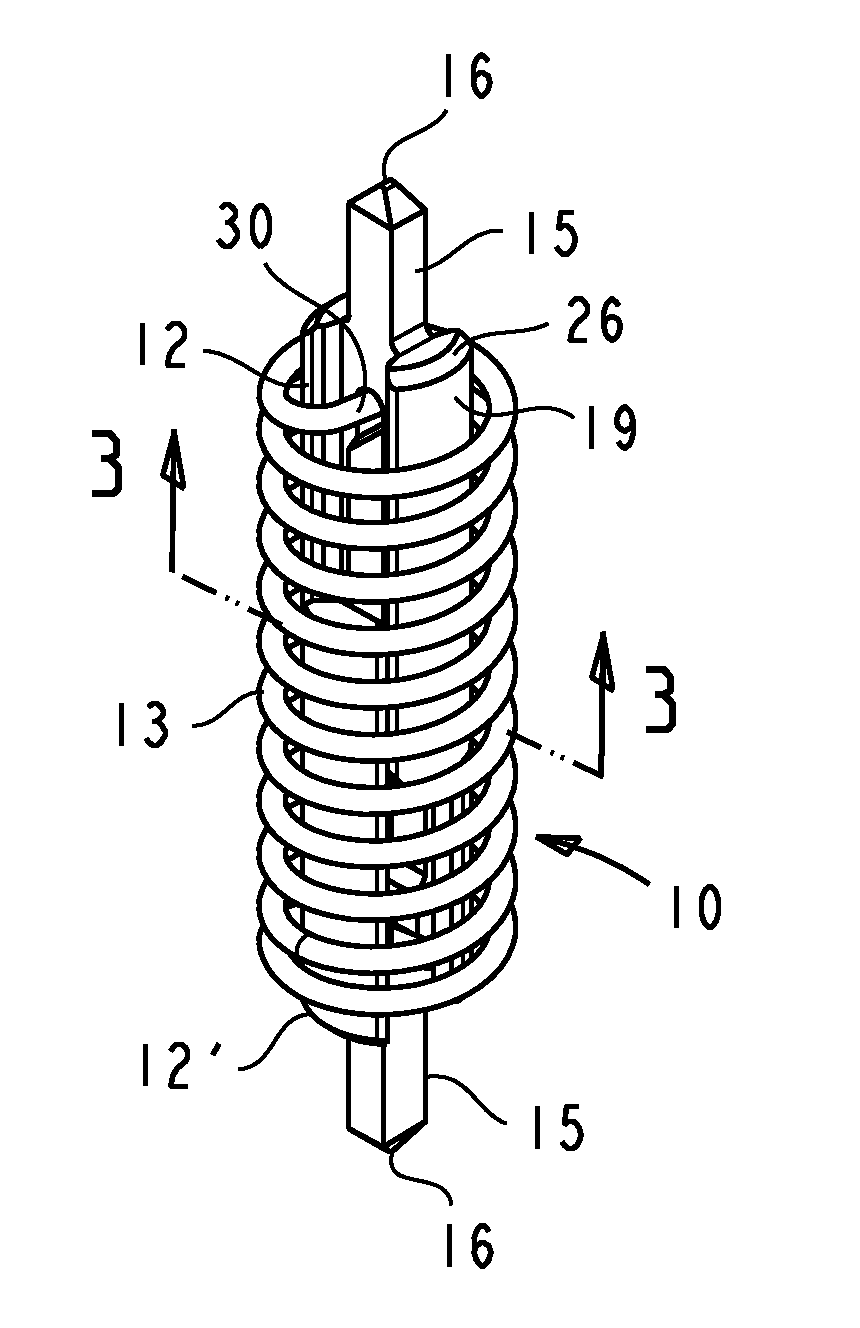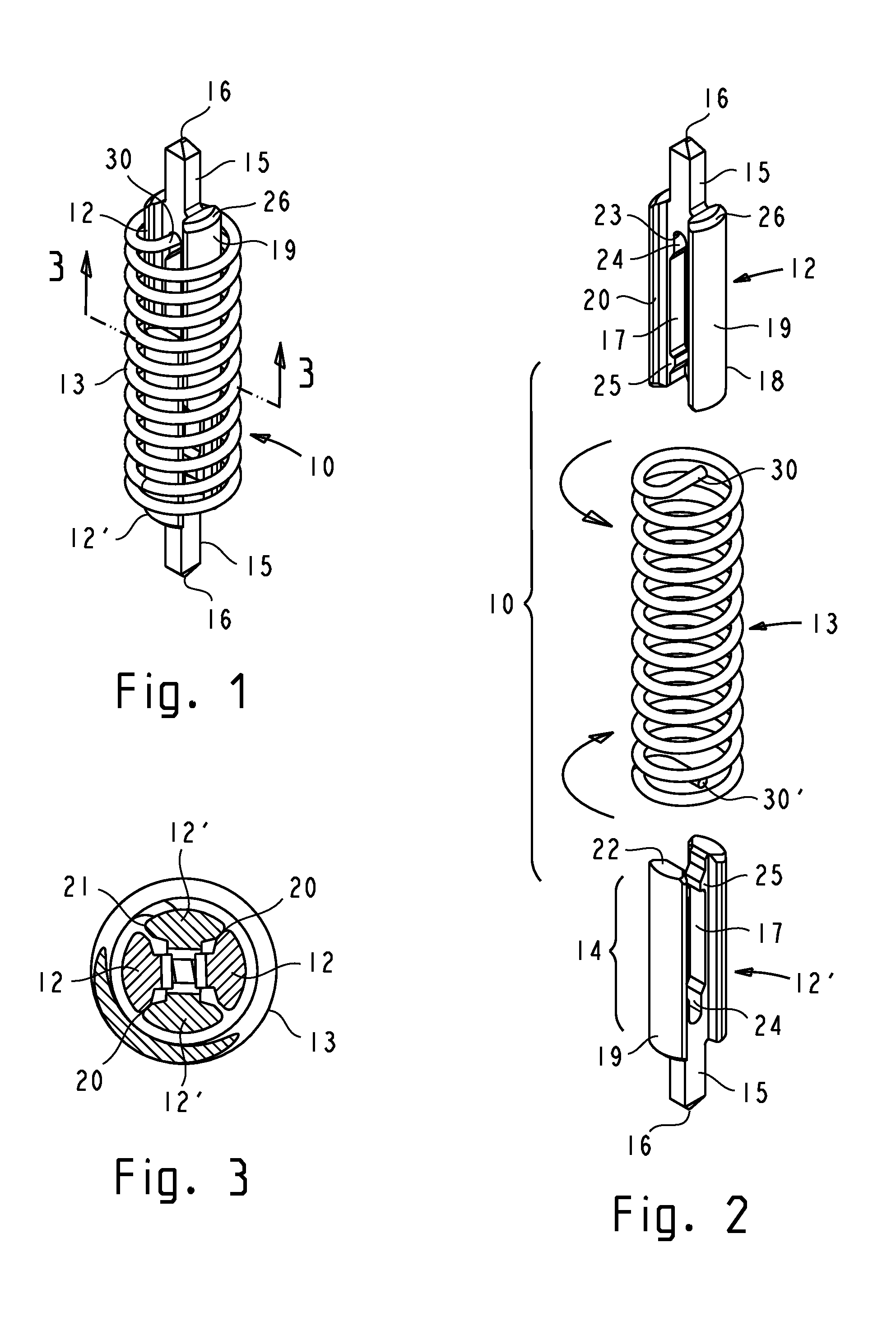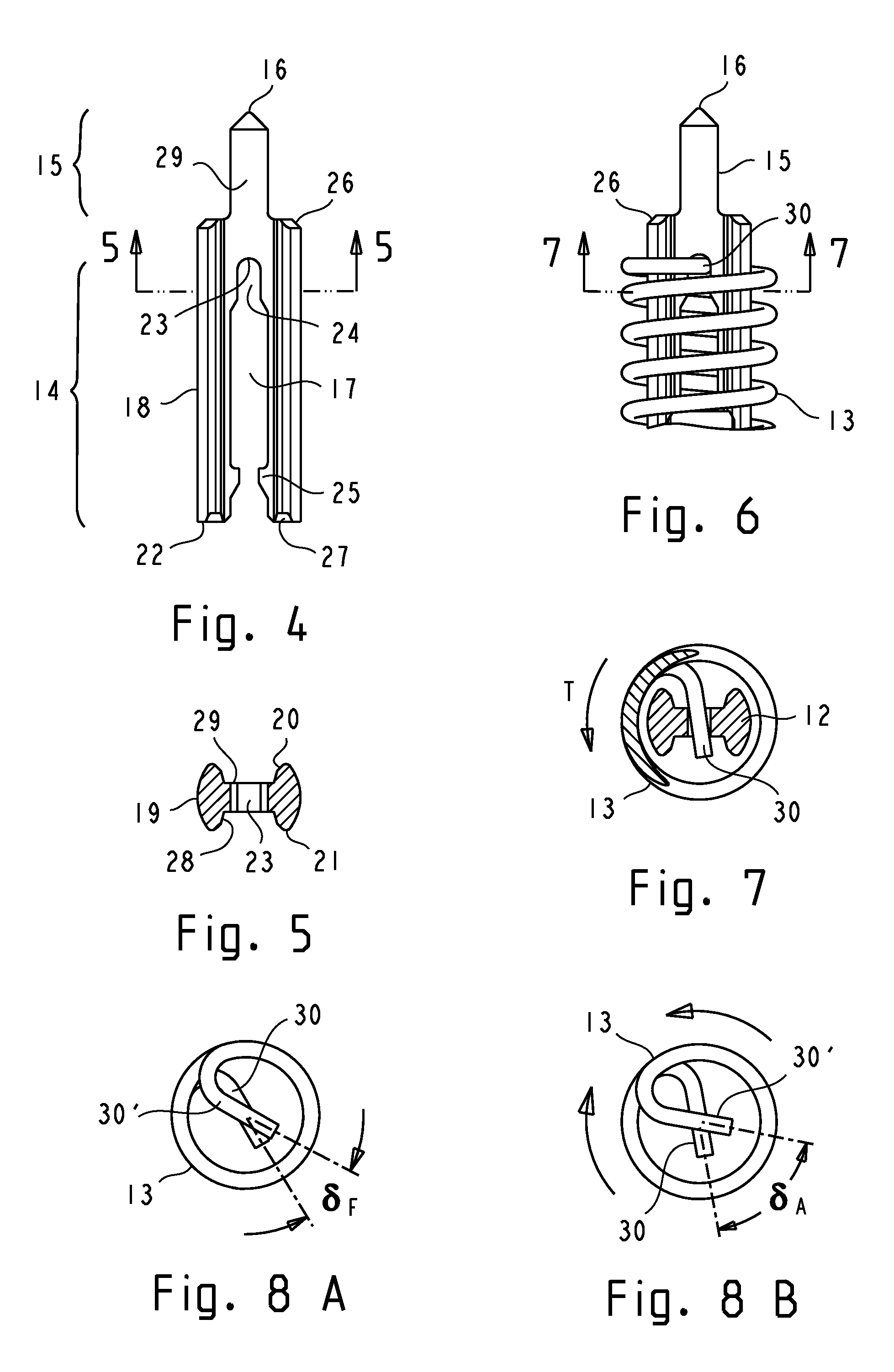Contact probe with conductively coupled plungers
a plunger and plunger technology, applied in the direction of coupling device details, coupling device connection, instruments, etc., can solve the problems of difficult tight control of the diametrical fit between the plunger and the barrel, difficult to achieve desired probe characteristics in miniature probes, and the overall contact resistance of the probe is reduced, so as to achieve the effect of substantially reducing the parasitic electrical effect of the spring
- Summary
- Abstract
- Description
- Claims
- Application Information
AI Technical Summary
Benefits of technology
Problems solved by technology
Method used
Image
Examples
Embodiment Construction
[0068]The disclosed contact probes are utilized in interposer sockets and connectors for separably connecting oppositely disposed electronic devices having complementary I / O terminal arrays. “First device” will generally refer to the device that is being plugged or connected whereas “second device” will generally refer to the next level device or hardware to which the first device is being separably connected, usually represented by a PCB. The “first plunger” is disposed to contact the first device and is shown on the top side of the contact probe drawings, whereas the “second plunger” is disposed to contact the second device and is shown on the bottom side of the contact probe drawings. Otherwise, a contact probe can have identical, interchangeable plungers and the devices can have identical terminal type (e.g., LGA pads). In the cases where the plungers are identical or have substantially similar features, they are denoted by the same reference numerals, except the reference numer...
PUM
 Login to View More
Login to View More Abstract
Description
Claims
Application Information
 Login to View More
Login to View More - R&D
- Intellectual Property
- Life Sciences
- Materials
- Tech Scout
- Unparalleled Data Quality
- Higher Quality Content
- 60% Fewer Hallucinations
Browse by: Latest US Patents, China's latest patents, Technical Efficacy Thesaurus, Application Domain, Technology Topic, Popular Technical Reports.
© 2025 PatSnap. All rights reserved.Legal|Privacy policy|Modern Slavery Act Transparency Statement|Sitemap|About US| Contact US: help@patsnap.com



